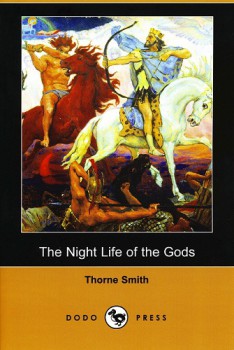Art Evolution 2: Eric Vedder
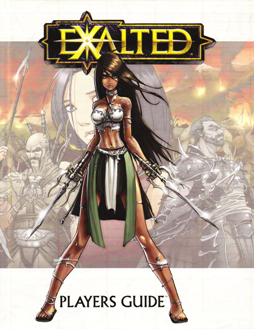
Last week I kicked off the Art Evolution blog series, explaining my plan to collect ten of the greatest fantasy role-playing artists for a shared project to illustrate a single character in their best known style. For my first installment I chose Earthdawn and Shadowrun artist Jeff Laubenstein.
With Jeff Laubenstein and a ‘Shadowrun Lyssa‘ in the fold, I took stock of my list and imagined how I would gain other universally recognizable names. I determined that each name carried a ‘weight’, a kind of industry standard validity recognizable to other artists.
Remember, I was working this alone, without a single writing credit to my name, so I had to find legitimacy where I could. Understanding that, and without a previously established friendship with the lion’s share of these artists, I needed a greater combined ‘weight’ of already contracted artists to approach the next heavier weighted contributor on my list.
At this point I only had a single artist signed so I went back into the few art connections I’d made during my time trying to market my other writings. Like most struggling writers in their publishing infancy, I believed there might be a shortcut or magic bullet to getting published. J.K. Rowling couldn’t buy bread before Harry Potter, but she went out and purchased a lovely red transparent folder to place her Potter manuscript in before she sent it to a perspective publisher.
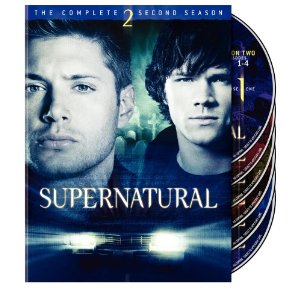
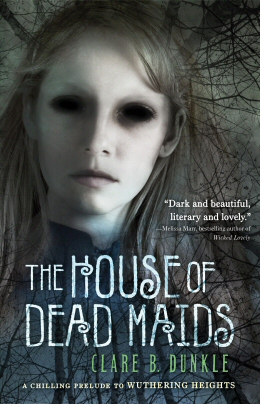
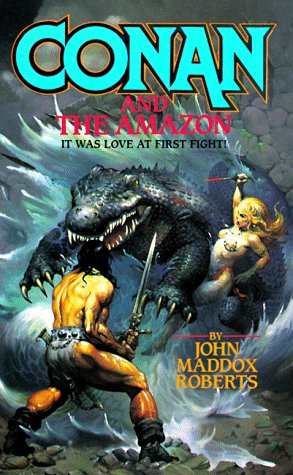 Conan and the Amazon
Conan and the Amazon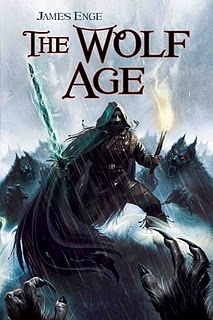 James Enge tells us (rather gleefully) that “A slab of The Wolf Age is up at the Pyr samples site. Werewolves. Ghost-powered zeppelins. The usual stuff.”
James Enge tells us (rather gleefully) that “A slab of The Wolf Age is up at the Pyr samples site. Werewolves. Ghost-powered zeppelins. The usual stuff.”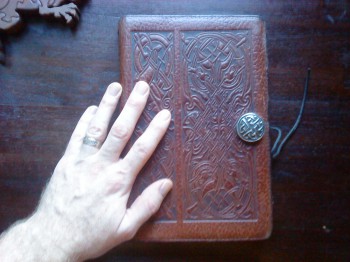
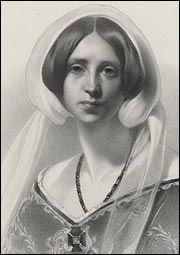 This is the fourth in a series of posts investigating the question of who wrote the first otherworld fantasy (you can find the first part
This is the fourth in a series of posts investigating the question of who wrote the first otherworld fantasy (you can find the first part 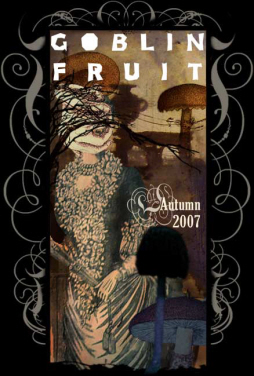 Okay, this is the Age of the Internet, so you’ve probably had this experience.
Okay, this is the Age of the Internet, so you’ve probably had this experience.